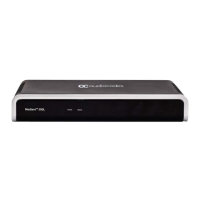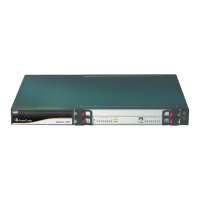Configuration Note 1. Introduction
Version 6.8 7 February 2014
1 Introduction
Exchange Online Unified Messaging (Exchange Online UM) supports a wide range of
telephony/voice solutions, including many PBXs and IP PBXs. A list is published in the
“Telephony Advisor for Exchange 2013”
1
.
When making or receiving telephone calls, Exchange Online UM only communicates with
Voice-over-IP (VoIP) protocols. PBXs that support circuit-switched telephony protocols
must be connected to Exchange Online UM with a suitable VoIP gateway. The gateway
performs the necessary protocol conversion. VoIP gateways are also listed in the
Exchange Telephony Advisor.
The Exchange Telephony Advisor also includes links to configuration notes that explain
how to configure the PBX to work with Exchange Online UM.
Exchange Online UM is now offered as an online service, in specific Microsoft Office 365
service plans. The telephony/voice solution remains on the customer’s premises, but
Exchange Online UM is now “in the cloud”, and the VoIP communication between them is
carried by the public IP network.
In this guide, we describe the AudioCodes Mediant gateway configuration necessary to
deploy it in an organization's network’s edge for interoperability with Exchange Online UM.
The purpose of the configuration is to ensure that traffic from the PBX, which is sent to the
gateway TDM interface, is routed to the Exchange Online UM.
Similarly, traffic from Exchange Online UM, arriving at the gateway IP interface, must be
routed to the PBX.
Configuration of the routing rules between the gateway interfaces is the main subject of this
document.
1
http://technet.microsoft.com/en-us/library/ee364753.aspx

